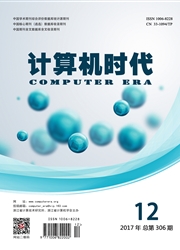

 中文摘要:
中文摘要:
随着遥感技术的发展,植被指数(vegetation index,VI)作为地表植被覆盖和植被生长状况的度量参数,被广泛应用于环境、生态、农业等领域。现有的科学文献中发布的植被指数种类超过了150种,这些缺乏科学分类的植被指数,使研究者在具体应用时不能够做出快速准确的选择。因此本文在分析了影响植被指数的诸多因素的基础上,对多种典型的植被指数进行概括分类,进而讨论各自的优势和应用局限性,这将有助于不同的植被指数能够更精确的应用在不同的研究和应用领域,从而在一定程度上给相关领域的研究者提供参考。
 英文摘要:
英文摘要:
With the development of remote sensing, vegetation index(VI) acts as the status metrics of vegetation cover and vegetation growth, it has been widely used in the field of environment, ecology and agriculture and so on. There are more than 150 kinds of vegetation indices published in the current scientific literature, these vegetation indices lack of scientific classification, so that the researchers cannot make a rapid and accurate choice in the specific application. Based on the analysis of the many factors that affect VI, this paper classifies the typical VIs, and then points their own advantages and limitations, which will help the different VI to be more accurately applied in different fields, and to a certain extent, to provide guidance to researchers in related fields.
 同期刊论文项目
同期刊论文项目
 同项目期刊论文
同项目期刊论文
 期刊信息
期刊信息
